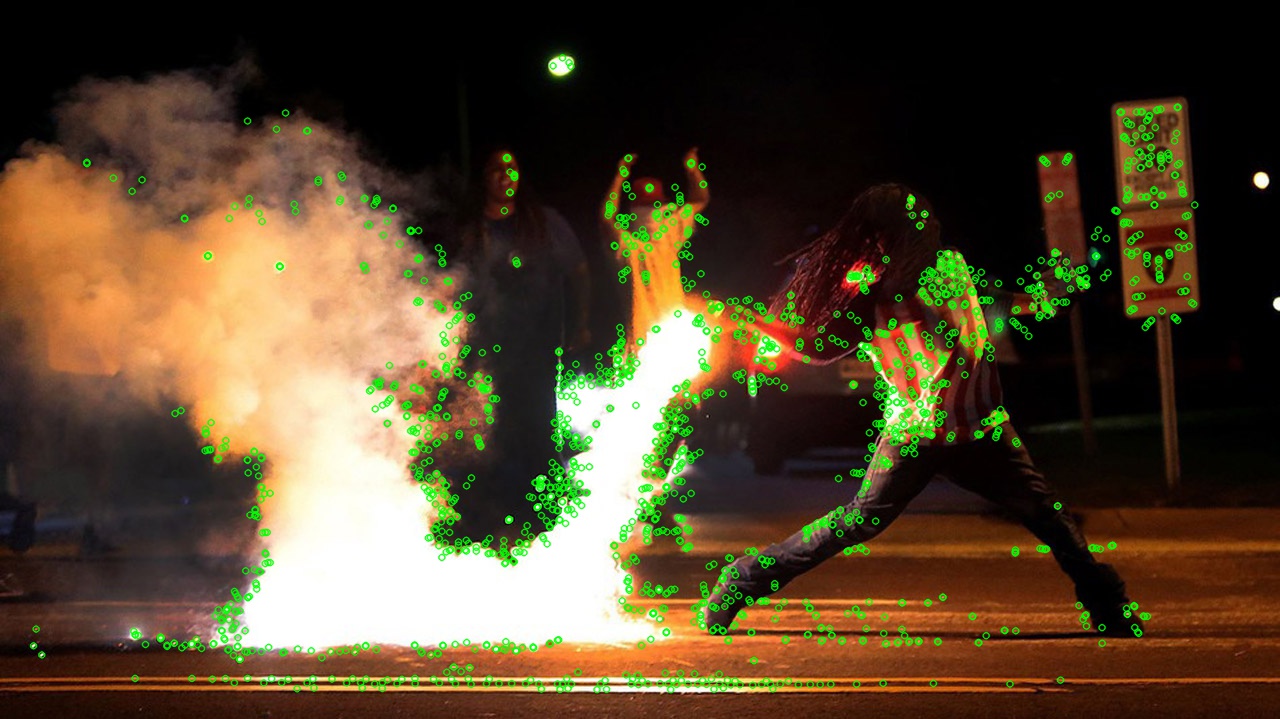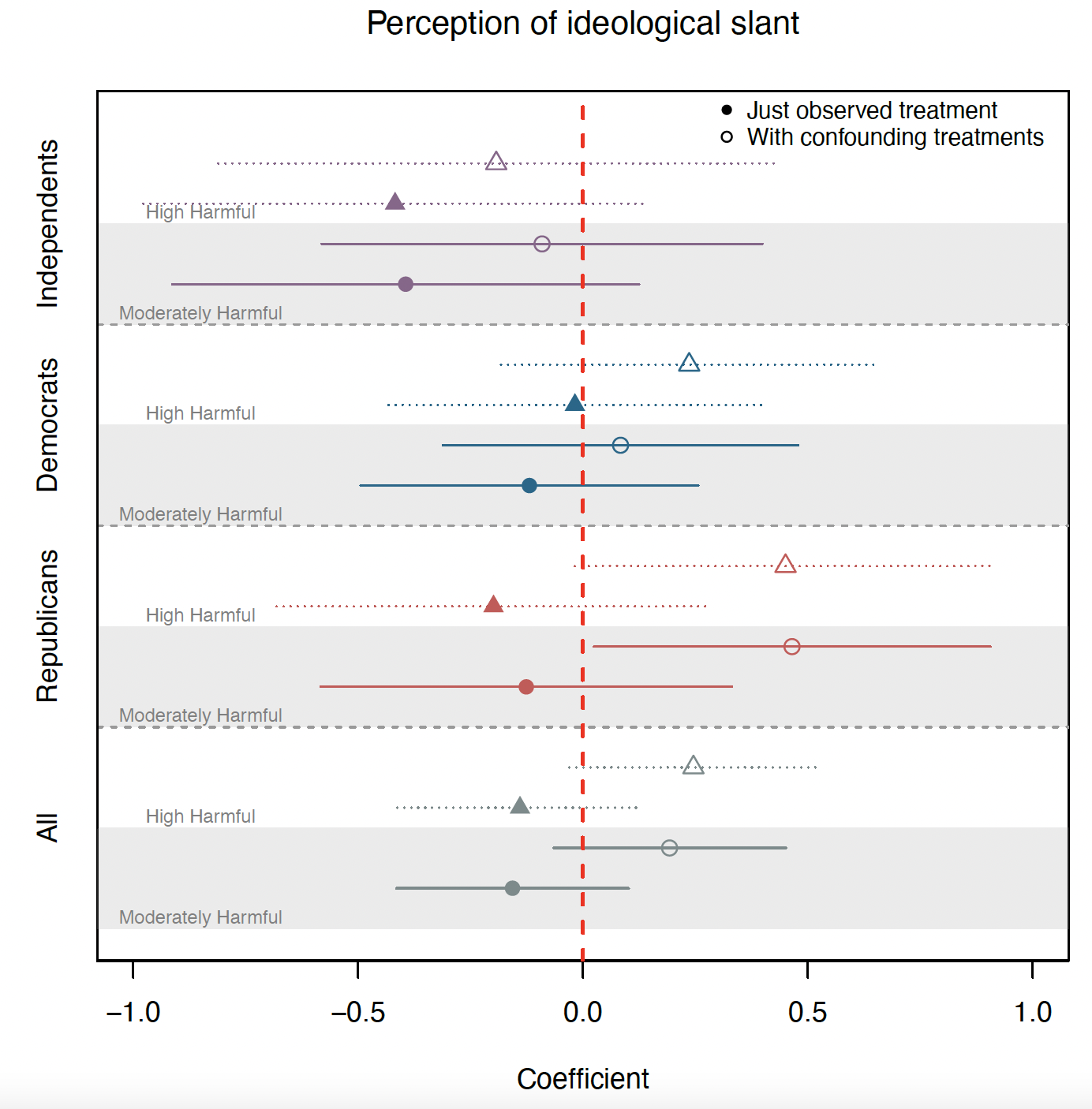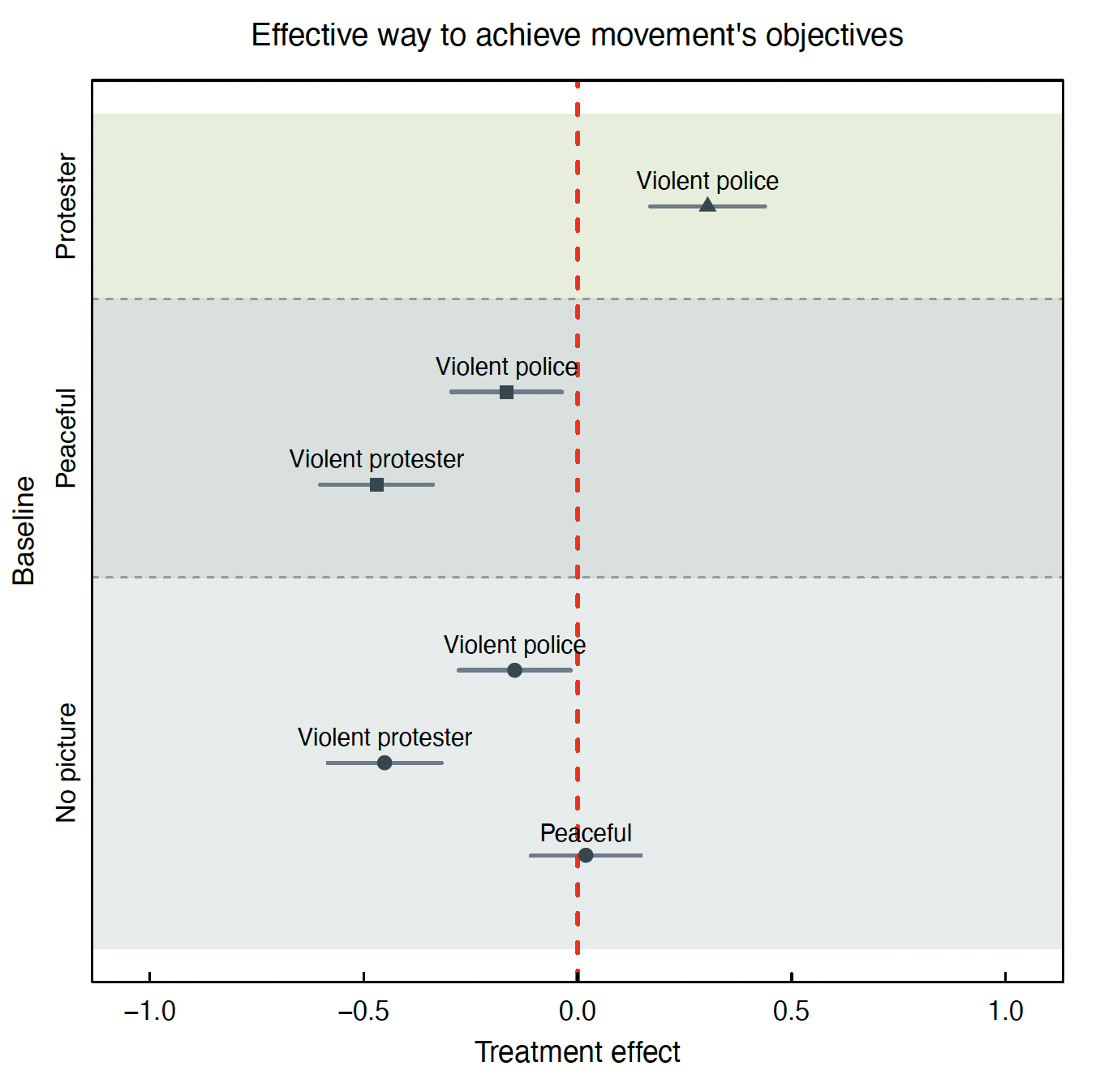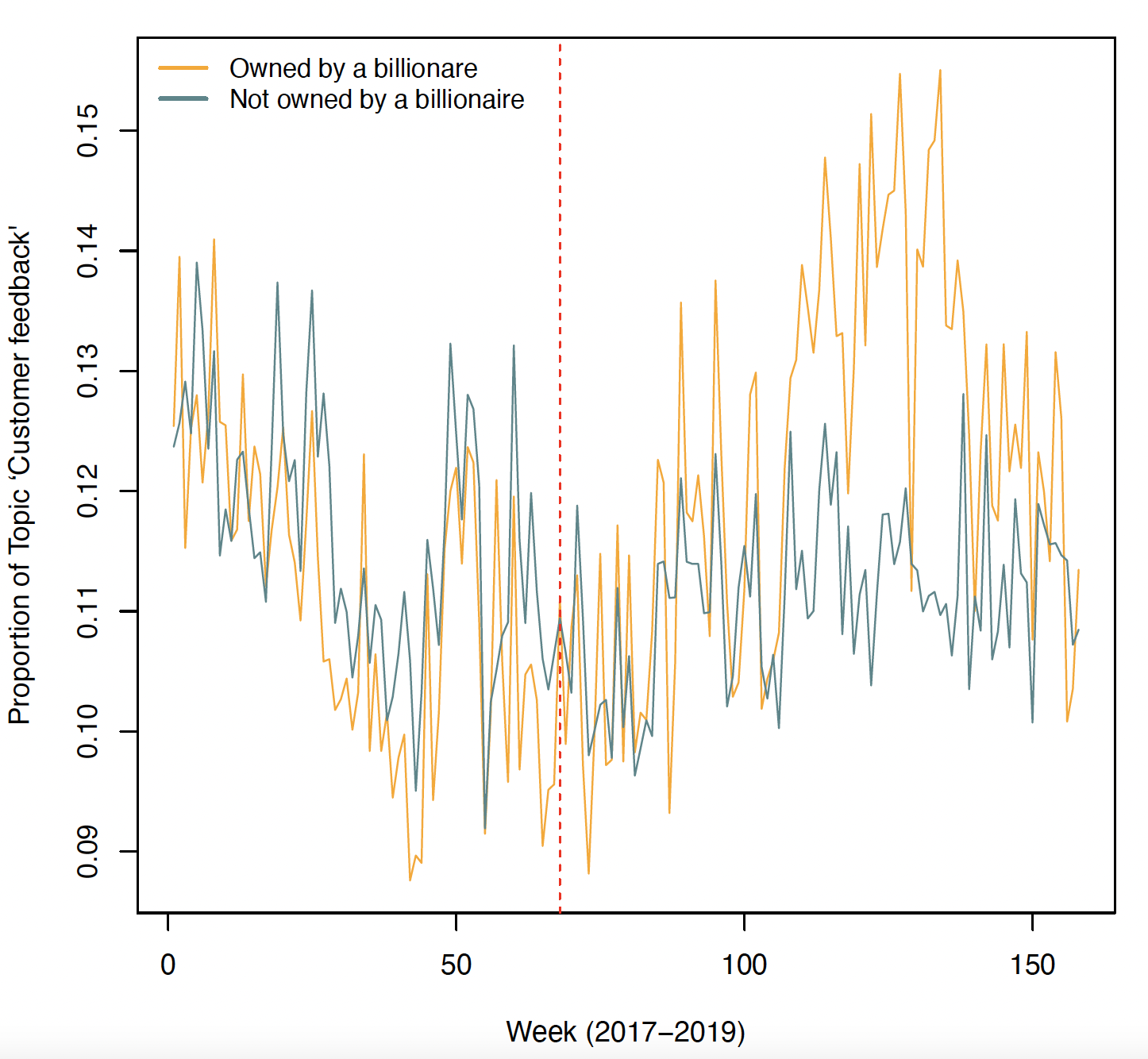Research
A sample of working papers and projects
For a full list of all my publications and working papers, please see my CV.

A framework for the unsupervised and semi-supervised analysis of visual frames
Forthcoming in Political Analysis
This article introduces to political science a framework to analyze the content of political visual material through unsupervised and semi-supervised methods. It details the implementation of a tool from the computer vision field, the Bag of Visual Words, for the definition and extraction of ``tokens'' that allow researchers to build an Image-Visual Word matrix which emulates the Document-Term matrix in text analysis. This reduction technique is the basis for several tools familiar to social scientists, such as topic models, that permit exploratory, and semi-supervised analysis of images. The framework has gains in transparency, interpretability, and inclusion of domain knowledge with respect to other deep learning techniques. I illustrate the scope of the BoVW by conducting a novel visual structural topic model which focuses substantively on the identification of visual frames from the pictures of the migrant caravan from Central America. (Photo credit: Robert Cohen/St. Louis Post Dispatch)

Beyond Prediction: Identifying Latent Treatments in Images
with Alex Pugh
Images are a rich and crucial element of political communication. The complexity of the information they convey creates challenges for the identification, interpretation, and explanation of the effects of visual messages on information processing and attitude formation. In this article, we adapt a methodological approach used in text analysis, the supervised Indian Buffet Process (sIBP) developed by Fong and Grimmer (F&G, 2016, 2021), to identify latent treatments in images and evaluate their impact on outcomes of interest. First, we use a convolutional neural network (CNN) to decompose images into substantively meaningful and interpretable tokens, visual words, to then form the input of the sIBP. Then, we follow the framework introduced by F&G and demonstrate the utility of this approach using two sets of political images: 1) images from a novel survey measuring perceptions of visual coverage of the migrant caravan from Central America and 2) images of the Black Lives Matter (BLM) movement protests manually labeled by human coders according to the level of conflict they depict. We find significant differences between demographic groups in the way they perceive images, and also unmask latent treatments that confound the relationship between our treatment and outcome of interest. Importantly, this paper extends the usage of computer vision tools in social sciences beyond prediction of image labels to uncovering, understanding, and visualizing the features of images that produce outcomes.

Framing a Protest: Determinants and Effects of Visual Frames
The information that media provides to citizens fuels their attitudes and opinions towards social movements. Although scholars have extensively studied the ways in which media portrays protests, existing analyses have mostly focused on the verbal component of news and have overlooked a crucial element of the communication process: the visual material. Therefore, in this article, I focus on visual frames of protests. First, I analyze the differences in the framing of the mood and environment that liberal and conservative outlets use when they talk about protests. Results show that in the pictures that media outlets publish about protests, conservative newspapers tend to show a higher proportion of nocturnal and dark elements than liberal outlets. Second, using two experiments, I study how the framing of the level of violence in a protest, using either verbal or visual material, affects attitudes towards the movement. The results show that violent depictions of protests negatively affect evaluations of and engagement with social movements when the protesters are the perpetrators. This effect is larger when the violence is depicted through images instead of text. These results allow us to have a better understanding of the effects of visual framing on political attitudes and participation, and the variables associated with the generation of these visual frames.

Learning to See: Convolutional Neural Networks for the Analysis of Social Science Data
with Francisco Cantú
Published in Political Analysis
This paper presents the functioning, implementation, and challenges of Convolutional Neural Networks (CNNs)---one of the most popular tools for classifying visual information. We propose that the adequate use of CNNs reduces the resources necessary for the tedious task of classifying images and extracting information from them. To illustrate the advantages and implementation of this methodology, we describe a potential application of CNNs to the collection and analysis of data on Election Day. We use this tool to code handwritten electoral results from the vote tallies of the 2015 federal election in Mexico. Our paper demonstrates the contributions of CNNs to both scholars and policy practitioners, but also presents practical challenges and limitations of the method, and provides advice on how to deal with these issues.

Benevolent Billionaires? Evaluating the Influence of Wealthy Owners on Local News
with Allison M. N. Archer
Local newspapers provide valuable information needed for political accountability and representation. Yet the economic decline of such news outlets has led to a recent trend of high-profile billionaires from outside sectors purchasing newspapers. In this article, we analyze the changes in the content published by the Los Angeles Times and San Diego Union-Tribune after being acquired in 2018 by Dr. Patrick Soon-Shiong, a billionaire businessman and scientist who vowed to invest heavily in his newsrooms. Using a series of automated tools for the analysis of visual and textual content as well as novel datasets comprising the daily front pages of and official tweets by these newspapers between 2017 and 2019, we find evidence that Soon-Shiong's ownership has resulted in increases in high quality, local journalism compared to other newspapers. While previous scholarship highlights the potential harm caused by billionaires at the helm of news outlets, our results suggest civic-minded billionaires may increase the provision of quality news needed for local political accountability.